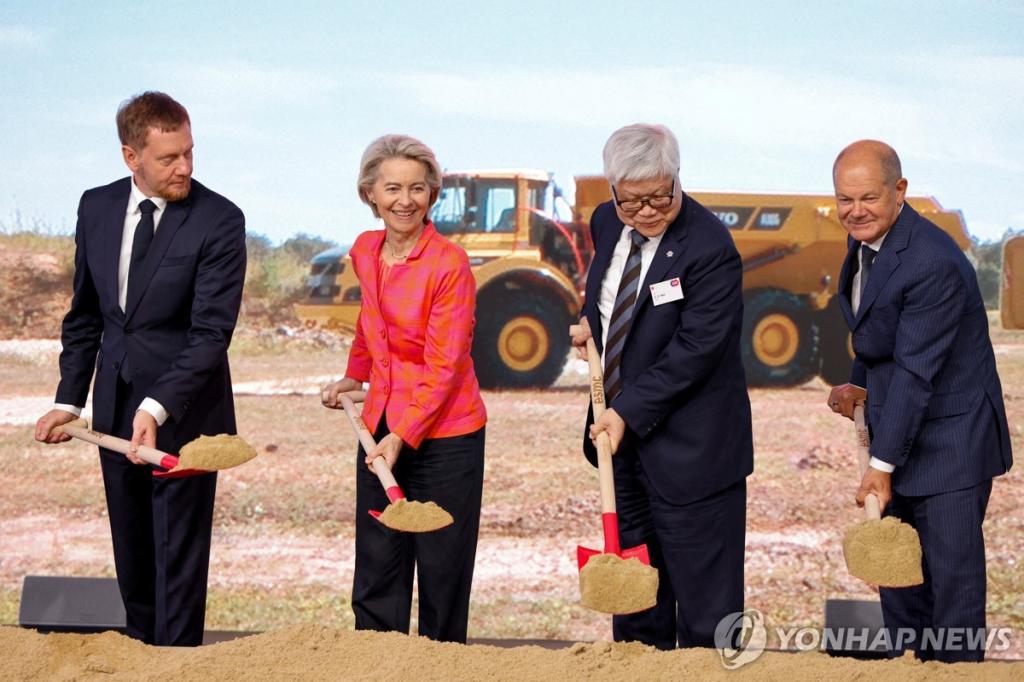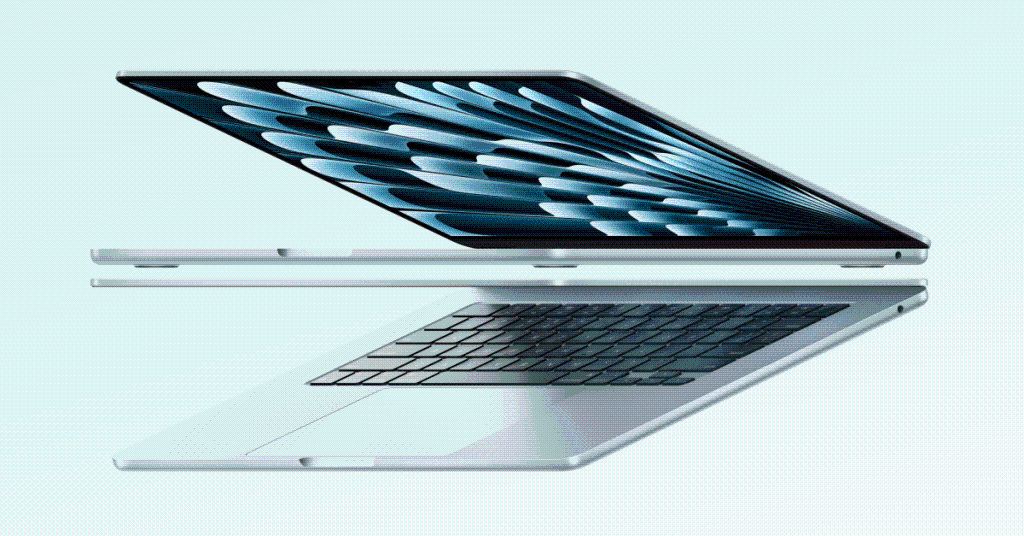TSMC's Dresden Plant Revolutionizes Europe's Semiconductor Industry
TSMC's new Dresden plant marks a pivotal shift for Europe, enhancing semiconductor production and supply chain resilience in the evolving tech landscape.

Key Points
- TSMC's groundbreaking semiconductor plant in Dresden
, with a €10 billion investment, signifies a major shift towards European tech independence.
- The facility will focus on producing crucial chips for the automotive industry and is expected to create 2,000 jobs locally.
- This initiative supports the EU's Chips Act goal to double Europe's semiconductor market share by 2030, aiming for 20% of global production.
The semiconductor industry is at a pivotal juncture in European history, with major investments signaling a robust shift towards technological self-sufficiency. The launch of the new semiconductor plant in Dresden by Taiwan's TSMC (Taiwan Semiconductor Manufacturing Company) represents not just a significant economic investment, but also a profound commitment to reshaping Europe's technological landscape. Germany, along with the European Union, is poised to enhance its semiconductor production capacity to address critical supply chain vulnerabilities highlighted during the
pandemic.
A Landmark Investment
Recently, TSMC, renowned as the largest contract chipmaker globally, broke ground on its first manufacturing facility in Europe, ushering in a new era for the region’s tech industry. This venture, dubbed the European Semiconductor Manufacturing Company (ESMC), will see TSMC holding a remarkable 70% stake with partnerships from major European players such as Bosch,
, and NXP, each contributing 10%. The total project investment is projected to reach an impressive €10 billion.

Strategic Goals and Economic Impacts
This new facility aims to start production by the end of 2027, significantly ramping up the manufacturing of silicon wafers, pivotal for automotive and industrial applications. Chancellor
emphasized that Europe must not be reliant on external sources for its semiconductor needs. The announcement of a €5 billion state aid package illustrates Germany's commitment to fostering local semiconductor production.
This is particularly vital for Germany's automotive sector, which is undergoing a transformative shift towards electric vehicles. With major players like
and
expressing urgency for domestic chip production, the Dresden plant emerges as a timely solution to bolster supply chains. The substantial investment will also create around 2,000 direct jobs, supporting local economies and promoting job security.
Global Context and Future Prospects
The decision to establish a semiconductor hub in Europe cannot be viewed in isolation. As the geopolitical landscape becomes increasingly complex, the drive for semiconductor independence gains urgency. COVID-19 has starkly revealed the fragility of global supply chains, and the semiconductor shortage has had cascading effects across industries worldwide. The U.S., Japan, and other nations are concurrently investing heavily to localize their chip production capabilities, recognizing the strategic importance of this sector.
Broader Implications for Europe's Tech Ecosystem
Notably, the establishment of this facility aligns with the broader EU Chips Act, which aims to double the region's share of global semiconductor production from 9% to 20% by 2030. This ambition positions Europe not just as a consumer of technology but as a leading producer, capable of innovate and competitive solutions. By harnessing local talent and resources, Europe could redefine its role in a technology-driven future.
Furthermore, this investment reflects a significant cultural shift towards prioritizing innovation in sustainability and technology. As the new plant emphasizes open-foundry operations, it invites a range of clients from various sectors to foster collaboration and broaden application potentials. This approach not only enhances resource efficiency but also develops a competitive edge in producing components for key markets.
A Vision for the Future
In conclusion, the groundbreaking of TSMC's semiconductor plant in Dresden signifies a major leap towards empowering Europe’s technological future. With strategic investments and a collaborative approach, Europe is on track to improve its self-sufficiency in semiconductor production. This endeavor not only addresses pressing supply chain challenges but also positions the region as a technology powerhouse moving forward. The journey towards a resilient and innovative European tech landscape has begun, and its success will undoubtedly shape the future of the global semiconductor industry.


